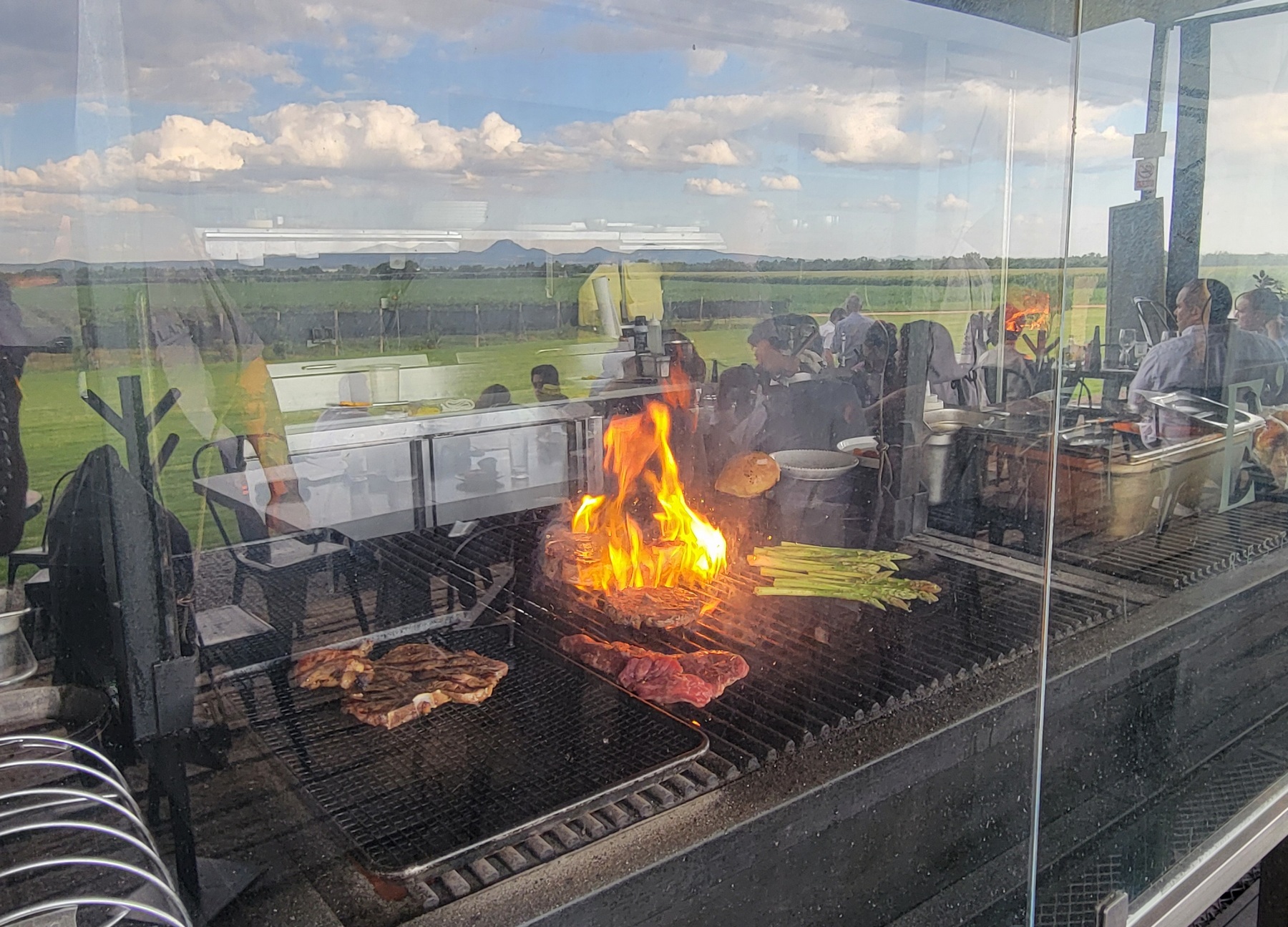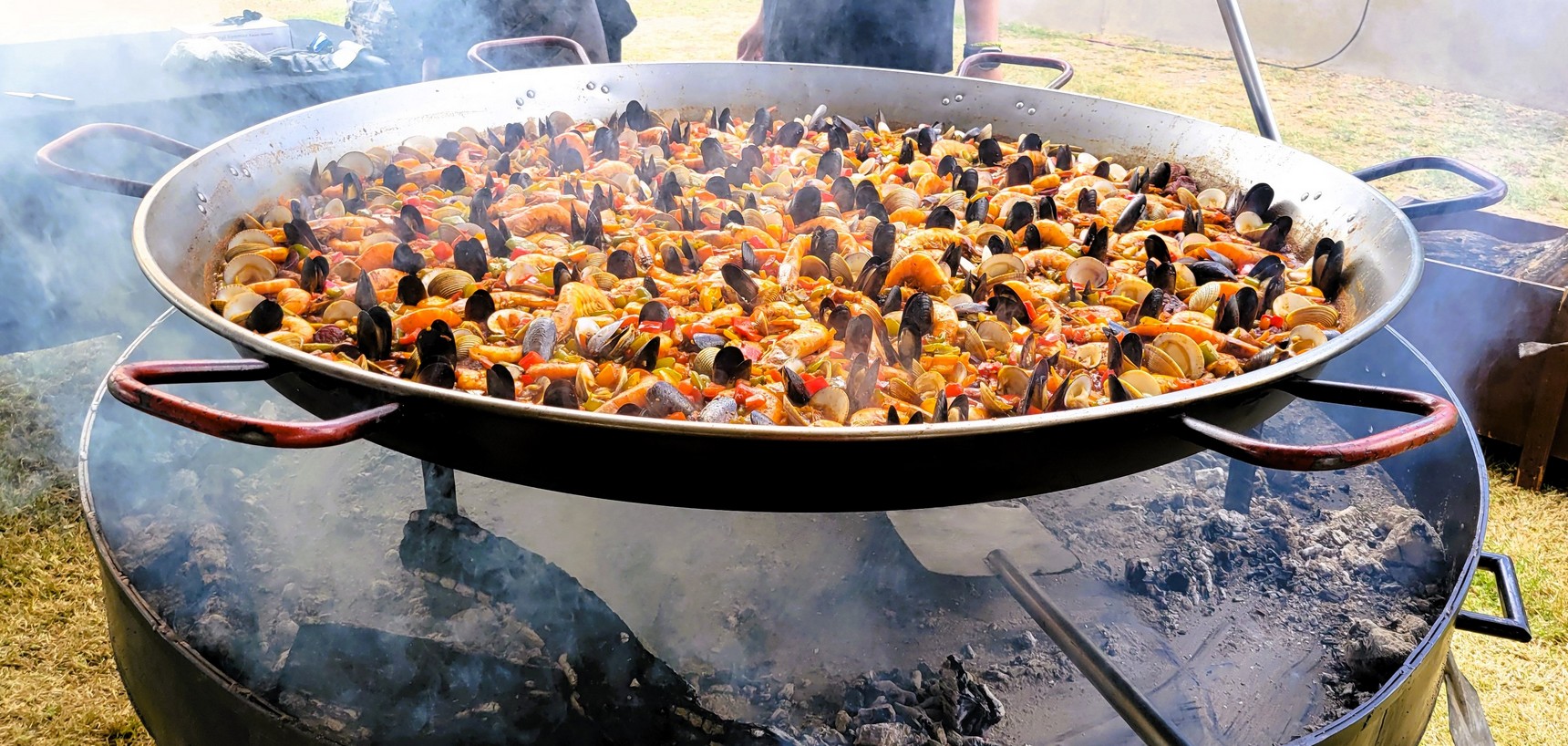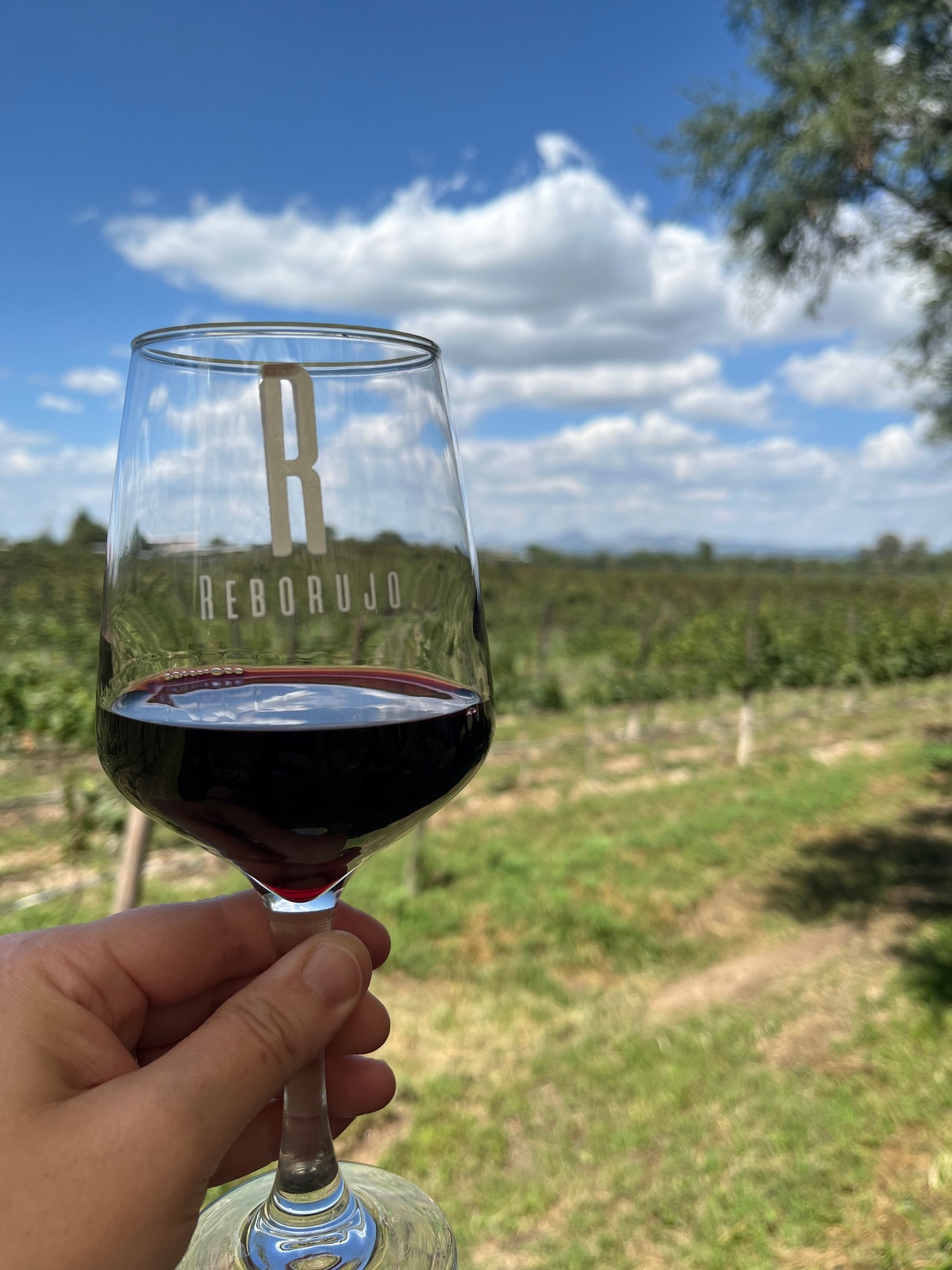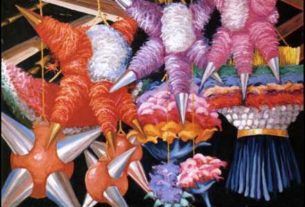When the Spaniards arrived in high desert plain region of Mexico that would become Aguascalientes, a state in west central Mexico, Caxcán farmers and nomadic Zacatecos Indians and other early indigenous people were already crafting wine by foraging and fermenting the wild grapes growing in these high desert plains. But the Spaniards had brought with them cuttings of Vitis vinifera, the common grape that grew in their homeland and which flourished here as well.
That is until the King of Spain ordered the end of commercial wine making because it interfered with sales of Spanish wines. For the next 500 years or so, wine was mostly made at home or the grapes turned into brandy which was sold commercially. Also popular was a rum liqueur called chinguirito.
But now Aguascalientes (the name refers to the numerous natural hot springs found throughout the region), one of the smallest states in Mexico, has become the fifth largest producer of wine in the country. Overall, Mexican wine production and consumption has increased dramatically over the last few decades.

In 1969 there were only seven commercial wineries in the country, including Casa Madera, founded in 1597 in Parras de la Fuente, and the oldest in North America. Last year there were more than 400 spread across 16 regions. According to Meininger’s International, which bills itself as essential reading for the wine and drinks industry, wine consumption in Mexico grew from less than 0.5 pints (about 240 cc) per capita in 2003 to 2.8 pints per capita 20 years later; it is predicted to increase to about 4.2 pints per capita by 2030.
With an increase in wine consumption, there’s been a rise in wine tourism, often with the advent of wine trails including Ruta del Vino, the wine trail of Aguascalientes. Winding its way along country narrow roads lined with cacti, flowering trees and through Pueblos Mágicos, the Magic Towns chosen for their cultural and historical heritage, Ruta del Vino connects 24 wineries.
Set amidst 3200 acres of vineyards, many of the wineries offer tours and tastings. But it’s not all just about grapes. There’s entertainment, food and often live music as well. The selection of wines varies. At an altitude of 6000-feet and higher, the hot days and cool nights make Aguascalientes ideal to grow grapes like Nebbiolo, Tempranillo, Cabernet Sauvignon, Merlot, Cabernet Franc, Syrah, Garnacha Blanca, Malbec, Chenin Blanc, and Viognier. Reds predominate but there are some excellent whites as well.
As unique as the wines can so be the wineries. Since I couldn’t visit all of them, here are my three suggestions that are well worth the trip.

Vinícola El Secreto
Stands of pomegranate and tejocote trees, each ripe with crimson and yellow fruit ripening among glossy green leaves, flank the entrance to Vinícola El Secreto, located in the Valle de las Delicias in Cosío, a small town about 35 miles north of the city of Aguascalientes, the state capitol. Though the road was dusty and narrow the last few miles or so and the walkway leading to a plain stone entranceway with little decor, the interior is stunning–swank and sleek with burnished wood, lustrous stone, and large sheets of glass. An award-winning winery, El Secreto’s Vina Secreta Syrah Reserva 2021 and Vina Secreta Syrah 2021 won gold medals this year at the prestigious Concours Mondial de Bruxelles, aninternational wine competition held annually in Brussels. They also won three silver medals including one for my favorite, the crisp and refreshing 2022 Alessandrina Rose.
But it isn’t only the wine that attracts visitors. The indoor restaurant is upscale Italian and outside, connected by a long walkway that edges a large pond, is a covered outdoor patio edged by a long stretch of vineyards where on weekends and other occasions there’s live music and entertainment and culinary delights.
Today it’s paella simmering in large metal cauldrons set over wood fires.
“Keeping the fire at just the right temperature is one of the most important parts,” Froilán Mujica, a master paella maker, tells me as he stirs a seafood-laden paella that I immediately want to eat whether it’s completely ready or not. It’s not, I’ll have to wait. But in the meantime, I chat with Mujica, who along with Rogelio Castañón, Alfonso Ovalle and their staff won first-place at the 2022 International Valencian Paella Competition in Sueca, Spain, part of the Valencian community.
Making paella is an art, and the team spent years perfecting these saffron-infused rice dishes. One cauldron holds their seafood paella, thick with shrimp, clams, mussels, fresh green beans, and fish cut into thick wedges and the other with chicken, chorizo, beans, and artichokes. That they won is impressive, but even more so because the team is from nearby Zacatecas and were competing in Valencia, ground zero for paella and famed for the rice grown there that is so important in making this ancient dish. And to make it even more notable, most of their competitors—30 out of 42 restaurants—were from Spain and had the home court advantage.

Vinícola Santa Elena
At Vinícola Santa Elena, in the municipality of Pabellón de Arteaga, we sample artistically shaped house-made chocolates paired with wine before heading to the large patio overlooking the vineyards and the flat top El Cerra de la Mesa beyond. A woman is singing and playing a variety of musical instruments, the music a nice accompaniment to the view and the food. Local cheeses and sausages are served on platters while the kitchen staff grill cuts of meat over high flames which are served with such winning choices as the winery’s Sophie Cabernet Franc Reserva 2019 and Sophie Blanco 2020, both of which won gold medals at last year’s Concours Mondial de Bruxelles.

Viñedo del Aguaje
The style of Viñedo del Aguaje, located in Pabellón de Arteaga about 19 miles northwest of Aguascalientes, the capitol city of Aguascalientes, is pleasingly rustic, the perfect country setting made of timber and stone that could have come from the fields nearby. Long wooden tables are set out on the patio abutting the vineyards, old trees shade with whispering leaves and umbrellas are raised overhead to provide some relief from the sun, tasting rooms are available as are tours.Large pots of blooms abound and there are rows of fruit trees leading up to the building where the wine is made. Visitors are welcome to explore the grounds or relax and enjoy the entertainment provided such as jazz performed by Marabunta Jazz, the fusion of Ray Raygoga’s pop and regional Mexican music, and Alex Guerra playing Mexican Ranchero music. Dancing is encouraged and no one seemed at all hesitant to join in.
Here big chunks of meat are cooked outdoors over wood burning fires, flames flaring, and side dishes include thick slabs of queso fonduta covered with sautéed red peppers, salads, and the Dessert of a Thousand Loves (sometimes Leaves), consisting of layers of puff pastry filled with cream and chocolate.
The transformation of the state of Aguascalientes into the wine powerhouse it is today is relatively new, so I imagine that, by the next time I return, there will be even more wineries on my list to visit.
Related articles on MexConnect
- San Marcos fair: an opportunity to visit colonial Aguascalientes
- December guava fair in Calvillo, Aguascalientes
- Mexican wines: Perfect pairings with holiday dishes
- Sampling fine wines on the Querétaro Wine Trail

